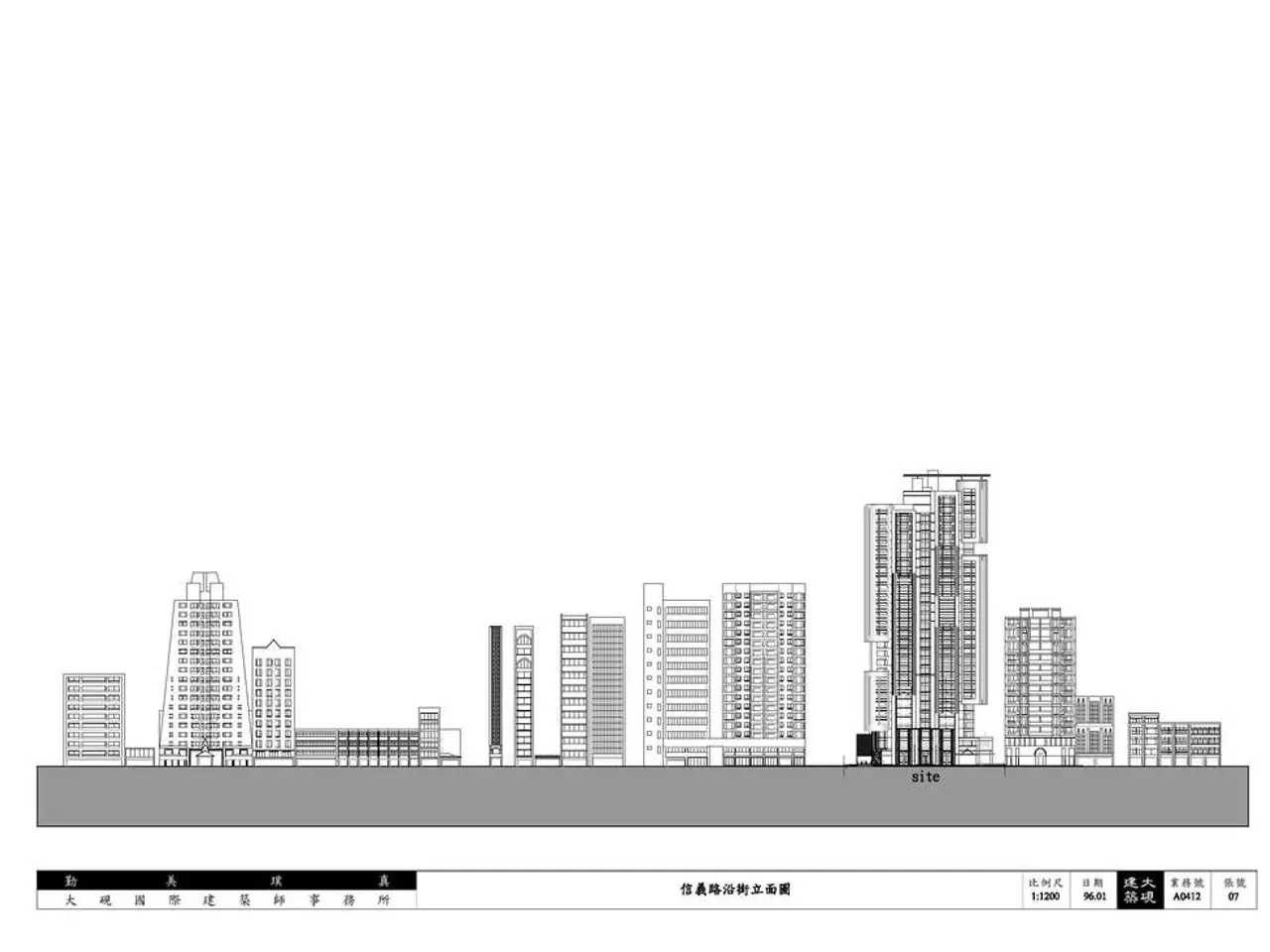Classification Approach for Idea Generation: Multiple Categorizations
In the ever-evolving world of Human-Computer Interaction (HCI), understanding and navigating complex design spaces is paramount. A powerful tool in achieving this is the use of Multiple Classifications, a method that has proven its worth in various disciplines, including management and HCI.
Our latest newsletter, a free and optional resource enjoyed by 317,188 designers, delves into this topic. It offers a step-by-step guide to incorporating Multiple Classifications in the ideation process, providing a solid foundation for comprehensively capturing and navigating complex design scenarios.
The video accompanying the article discusses four major ways to use Multiple Classifications to map a design space. By categorizing design elements along multiple dimensions, designers can gain a clearer understanding of the design space and identify potential opportunities for new products.
Simplified multiple classifications, such as urgent/not-urgent, important/not-important, local/remote, synchronous/asynchronous, are often more powerful than complex single classifications. They offer a hierarchical sorting system similar to that found in libraries and museums, making it easier to explore, analyze, and find inspiration for problems.
The guide outlines key practices for effectively using Multiple Classifications in HCI. These practices include:
- Use of Structured Specifications and Multi-Dimensional Classifications: Encoding design elements along multiple dimensions allows for consistent representation and reasoning about each element's role in the system or interface.
- Interdisciplinary Construct Elicitation and Consensus Building: In complex domains, using methods like repertory grids to elicit key constructs from experts provides a multi-classification foundation grounded in expert mental models.
- Use of Comparative and Convergent Techniques: Methods such as 3-way comparisons help designers map assumptions and tacit knowledge by comparing familiar and new domain classifications.
- Iterative Brainstorming Grounded in Classification: In multidisciplinary teams, combining expertise with well-structured concept classifications facilitates effective brainstorming of AI or interface concepts.
By integrating these strategies, multiple classifications are combined to reveal a rich, navigable design space, supporting comprehensive ideation, improved communication among stakeholders, and better alignment between system capabilities and user needs.
The newsletter, which respects privacy, is just one of the benefits that come with our free "Multiple Classifications" template. This template, enjoyed by 317,188 designers, is designed to aid in the ideation process and is available for download.
So, whether you're a seasoned designer or just starting out, embracing Multiple Classifications could be the key to unlocking new levels of design innovation in HCI.
Ux design can leverage technology by incorporating Multiple Classifications in the ideation process, granting a comprehensive view of complex design scenarios. Education-and-self-development resources, such as our newsletter and free "Multiple Classifications" template, can provide guidance on implementing this method effectively in ux design, thus promoting learning and innovation.
By using Multiple Classifications, designers can categorize design elements along multiple dimensions, fostering clearer understanding of design spaces, identifying potential opportunities for new tech products, and facilitating effective brainstorming among teams in the field of HCI.




